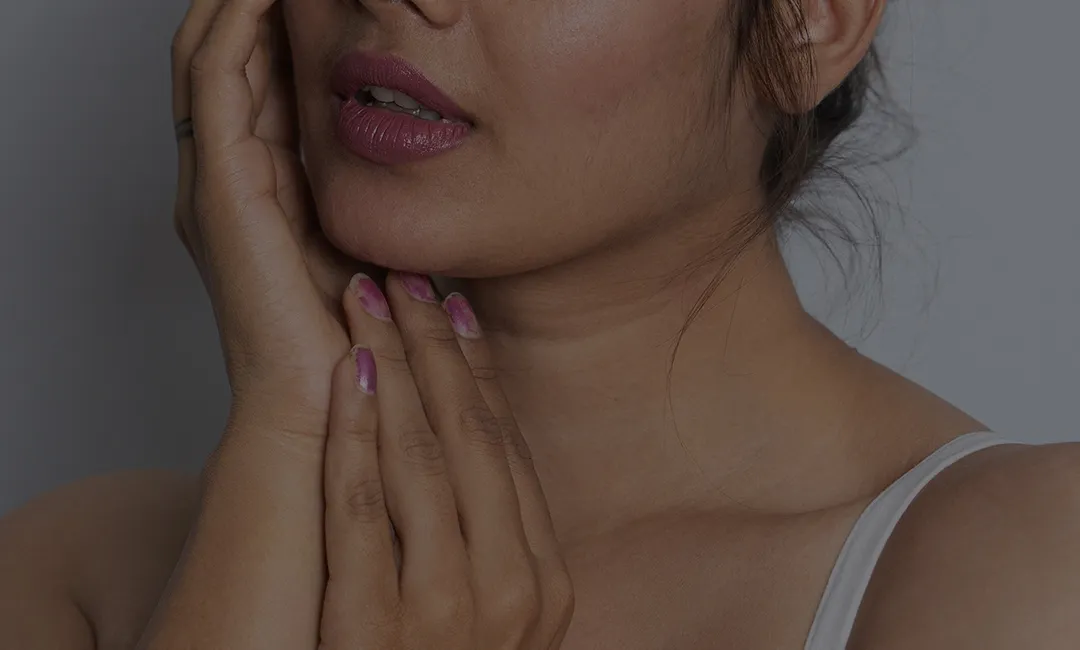How Effective Is Plasma for Hair Growth?

Doctors use a process known as platelet-rich plasma (PRP) to hasten tissue restoration. Although PRP treatment for hair loss is debatable, it may encourage new hair growth. When androgenetic alopecia, a common disorder that causes hair follicles to shrink, is the cause of hair loss, doctors frequently utilize this treatment. This is known as male pattern baldness in men. Despite being a relatively new technique, plasma hair treatment has some scientific support for its ability to encourage hair growth.
What is PRP?
Blood is made up of red and white blood cells, as well as platelets. The platelets are among the body's "first responders" that arrive to stop the bleeding and encourage healing when a person suffers a cut or wound. Theoretically, the body would mend more quickly if concentrated platelets could be extracted and injected into injured areas.
A medical practitioner will spin your blood sample in a centrifuge to create plasma for hair growth. The blood's constituent parts are divided by the machine's rapid spinning. The platelets are then extracted by the medical practitioner for injection.
Plasma treatment for hair growth has a variety of proteins and growth factors that hasten tissue restoration. Researchers initially postulated that PRP could aid in hair regrowth by reversing the process that occurs in androgenetic alopecia because some hair loss is caused by damage to hair follicles.
Since then, plasma hair treatment has gained popularity as a way to encourage hair growth. Injuries to the tendons, muscles, and ligaments, such as those sustained during athletic endeavors, have also been treated by doctors using PRP.
Is it Effective?
A team of experts conducted a systematic analysis of the studies on plasma for hair growth treatment in 2019. In the journal Aesthetic Plastic Surgery, their findings are published.
Ultimately, 11 studies with 262 patients with androgenetic alopecia were the subject of the analysis. According to the authors, most trials showed that PRP injections decreased hair loss and enhanced hair diameter and density. However, they noted that the treatment is debatable and that one of the constraints on their analysis was the limited sample size and poor research quality.
Another systematic analysis from 2019 published in Dermatologic Surgery looked at the results of 19 research looking at PRP as a hair loss treatment. 460 participants in all were recruited for these trials. According to the review's authors, most research showed that plasma hair treatments helped people with androgenetic alopecia and alopecia areata recover their hair.
Based on their findings, the authors of another clinical research assessment, published in the International Journal of Women's Dermatology, deemed PRP a "promising" treatment for hair loss.
The team noted that PRP's results can vary because researchers and clinics employ different preparations, session lengths, and injection procedures.
Process of PRP
An illustration of a typical procedure for PRP injections for hair loss is as follows:
- A medical expert draws blood from the veins.
- The blood sample is put in a centrifuge.
- The blood is spun in a centrifuge to separate its constituent parts.
- A medical expert uses a syringe to remove the platelets.
- A specialist injects the platelets into specific locations on the scalp.
The entire procedure could take an hour, and you might need to schedule several sessions. A person can resume their regular activities without restrictions after undergoing PRP treatment.
How Long Does it Last?
Plasma for hair growth is not a treatment for illnesses that result in hair loss. To maintain hair growth outcomes, a person would therefore require numerous PRP treatments over time. The same is true for drugs like topical minoxidil (Rogaine) and oral finasteride (Propecia) that doctors frequently prescribe to treat androgenetic alopecia.
Depending on a person's condition and the initial treatment outcomes, the doctor will recommend a different frequency for PRP treatments. Once hair loss is under control, the doctor may advise getting maintenance injections every three to six months.
Side Effects
There are few risks of an adverse reaction to the PRP solution because it comprises a patient's blood components.
However, the following adverse effects could occur in patients receiving plasma treatment for hair growth:
- Light discomfort at the injection location
- Headache and edema on the scalp
- Transient bleeding at the injection site that itches.
Wrapping Up
Researchers have discovered proof that PRP can stimulate fresh hair growth. To determine whether plasma hair treatment is efficient, however, additional study is required because of the drawbacks of these trials, including their small sample numbers and the variations in technique and procedure among physicians.
The best PRP candidates must be found, and medical professionals and researchers must develop standardized treatment methods. Everyone interested in PRP who has mild-to-moderate hair loss should consult a physician to determine whether they will likely benefit from the procedure. Berkowits Hair & Skin Clinic provides a smooth and hassle-free solution for hair regrowth through PRP treatment.





Leave a comment